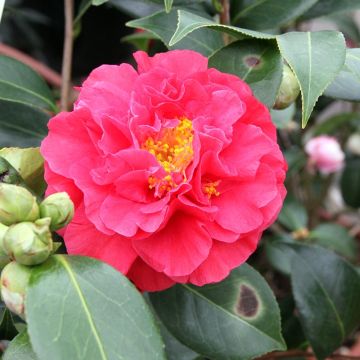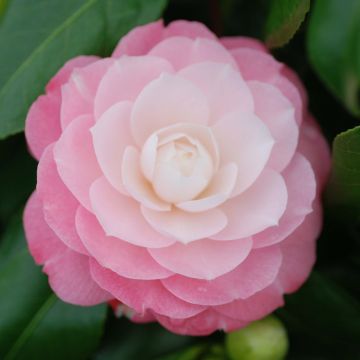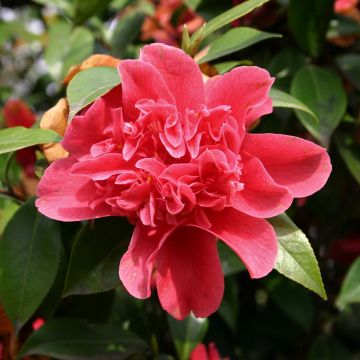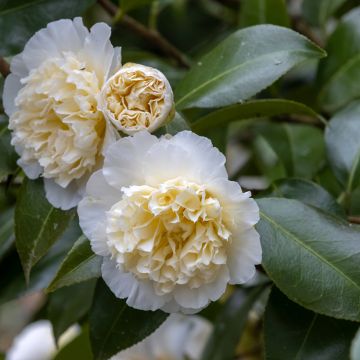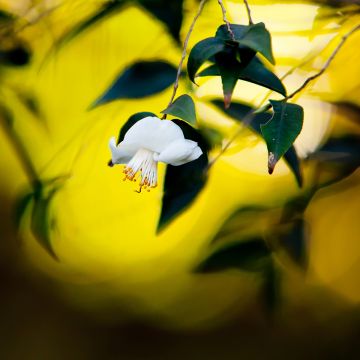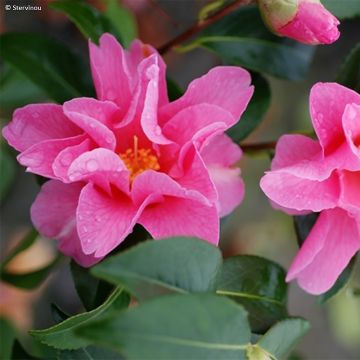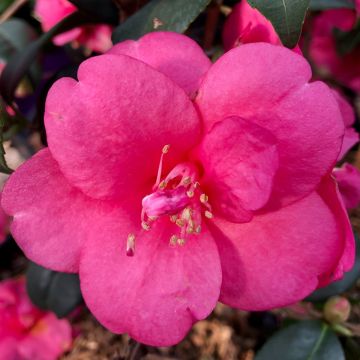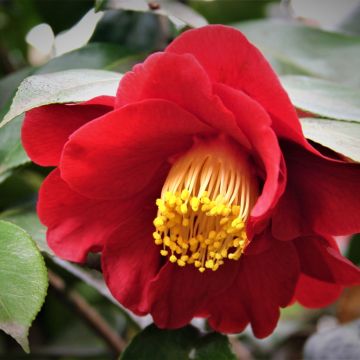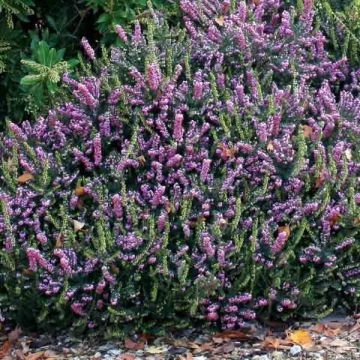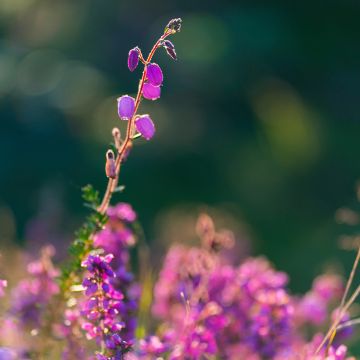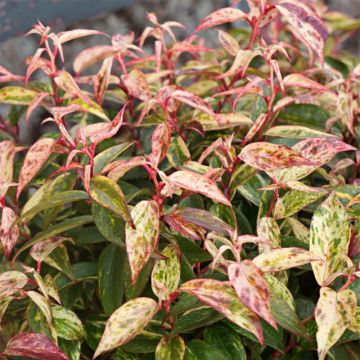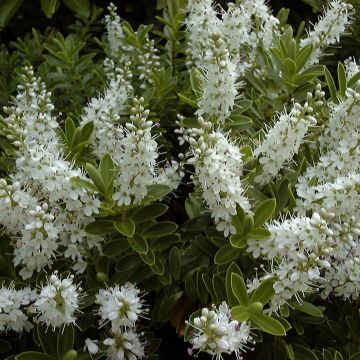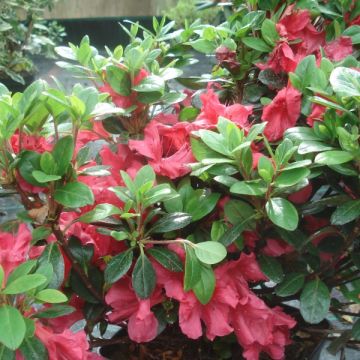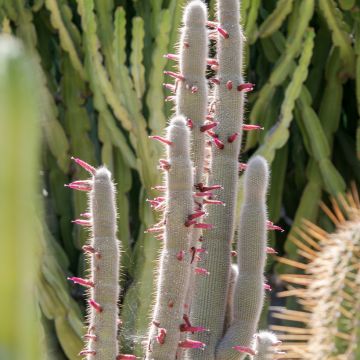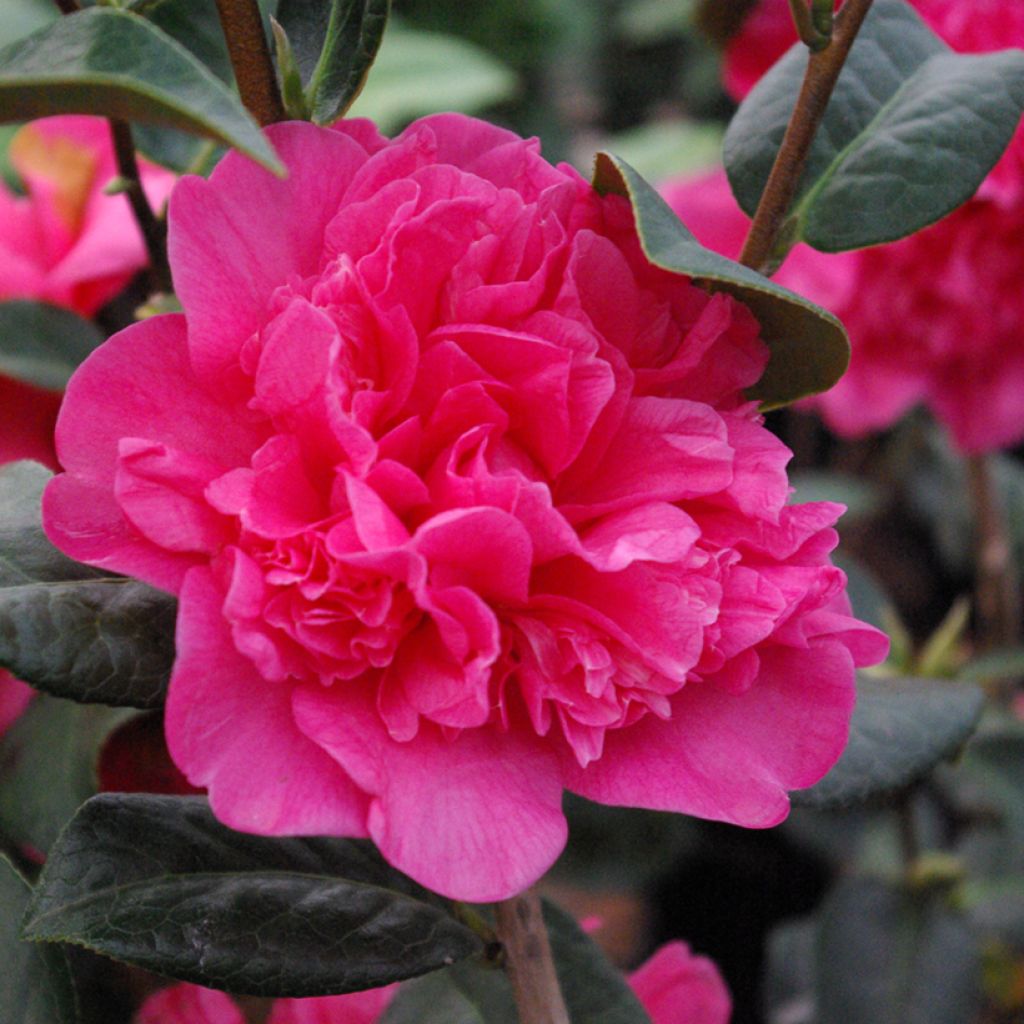

Camellia Anticipation
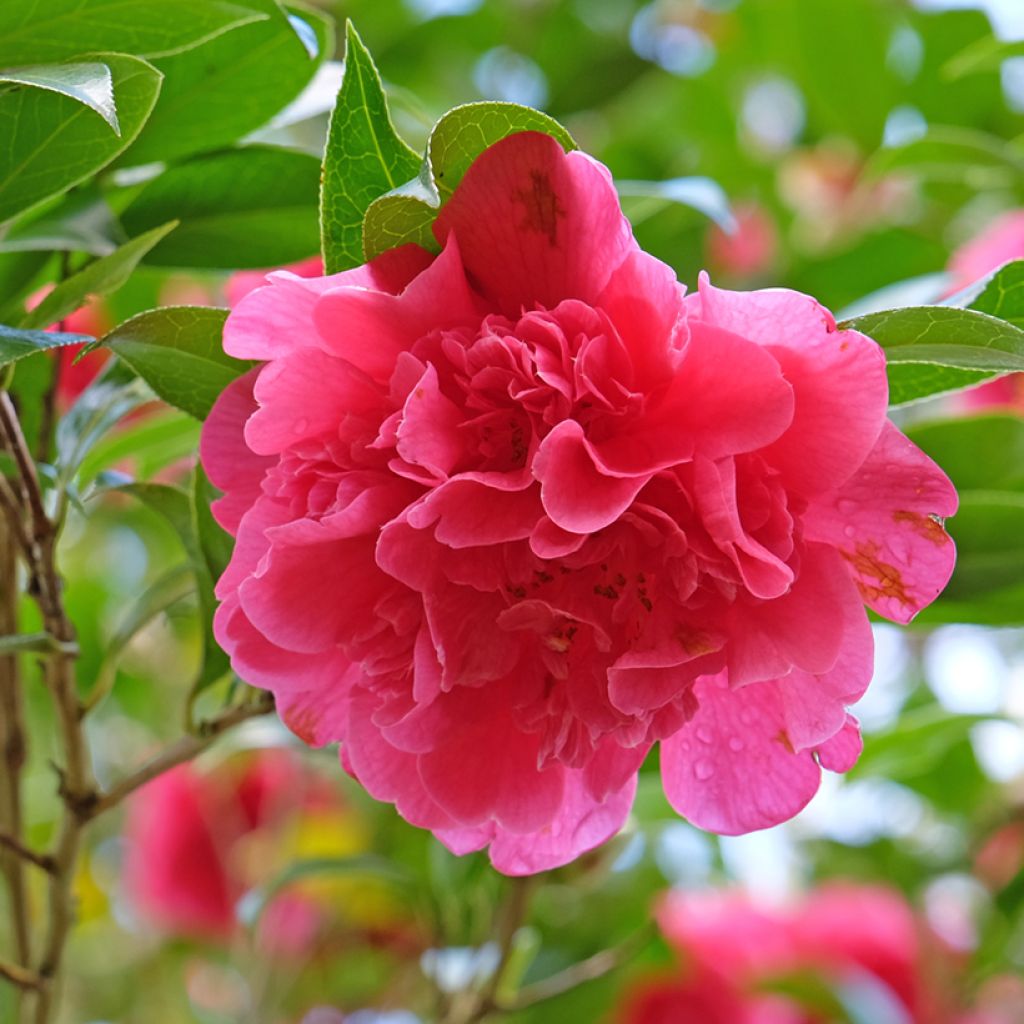

Camellia Anticipation


Camellia Anticipation
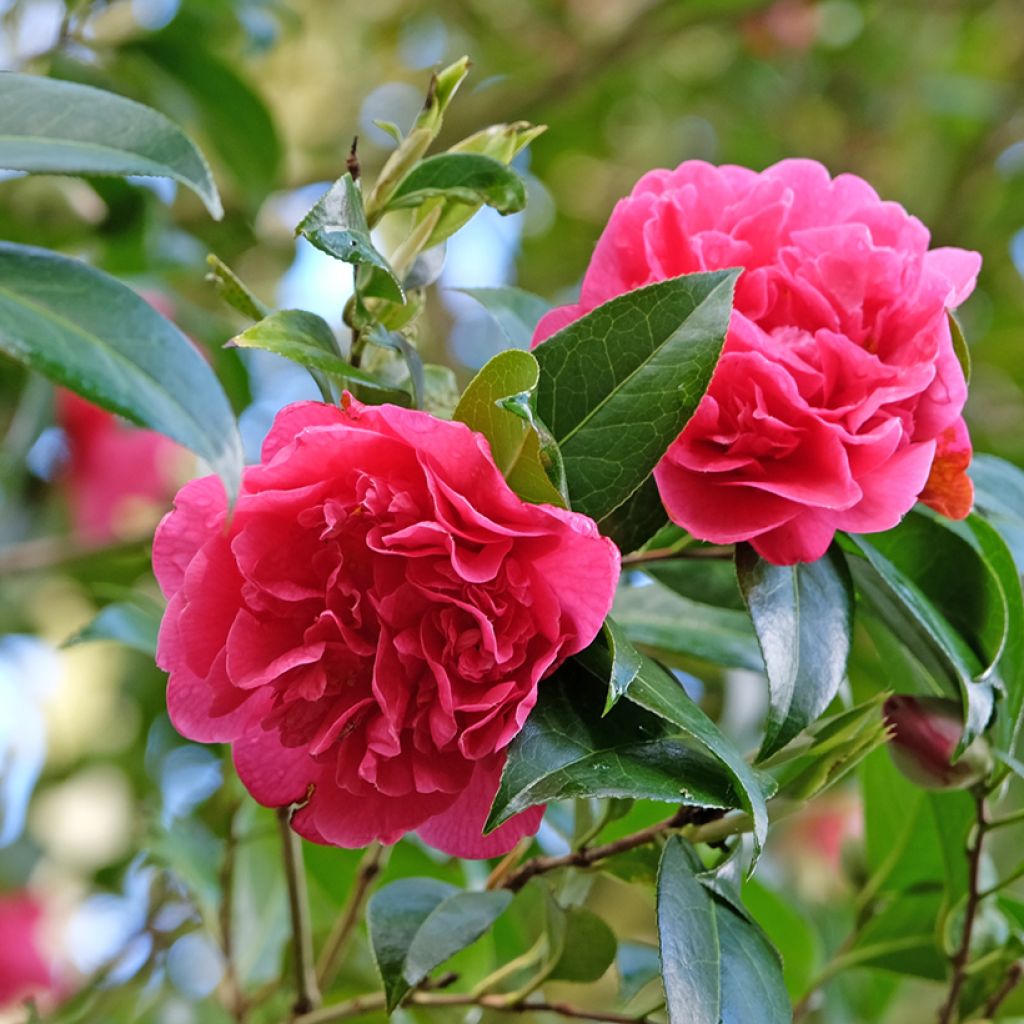

Camellia Anticipation
Camellia Anticipation
Camellia x williamsii Anticipation
Special offer!
Receive a €20 voucher for any order over €90 (excluding delivery costs, credit notes, and plastic-free options)!
1- Add your favorite plants to your cart.
2- Once you have reached €90, confirm your order (you can even choose the delivery date!).
3- As soon as your order is shipped, you will receive an email containing your voucher code, valid for 3 months (90 days).
Your voucher is unique and can only be used once, for any order with a minimum value of €20, excluding delivery costs.
Can be combined with other current offers, non-divisible and non-refundable.
Home or relay delivery (depending on size and destination)
Schedule delivery date,
and select date in basket
This plant carries a 24 months recovery warranty
More information
We guarantee the quality of our plants for a full growing cycle, and will replace at our expense any plant that fails to recover under normal climatic and planting conditions.
Would this plant suit my garden?
Set up your Plantfit profile →
Description
The Camellia (x) williamsii 'Anticipation' is one of the most popular varieties among this hybrid. Its large double peony-like flowers are spectacular with their intense pink color that stands out particularly well against the dark foliage, which is a beautiful glossy dark green. The flowering period lasts for 3 to 4 months, sometimes even longer, bringing cheerfulness to the garden in late winter and spring. Perfect for creating a Japanese atmosphere in a flower bed, this Camellia can also be easily grown in containers. It thrives in moist soil, preferably acidic, and in partial shade.
The Camellia belongs to the small family of Theaceae, of which it is the most well-known representative along with the tea plant (Camellia sinensis) and all ornamental species. Some other genera in the family are appreciated by collectors, such as Franklinia or Stewartia, whose flowers resemble single Camellias. Camellia x williamsii is a hybrid resulting from the cross-breeding between the widely spread Camellia japonica and the more confidential C. saluenensis, a Chinese species native to Yunnan.
Anticipation is a variety of this group of hybrids obtained as early as 1962 in New Zealand, and its popularity has never waned since, despite its age. It forms a bush with a rather narrow, slightly fastigiate habit, and relatively slow growth. In 10 years of cultivation, it will reach a height of about 1.20 m and a width of 70 cm, and at maturity, 2 m in height and 1.50 m in width. Its evergreen foliage consists of elliptical leaves, 7.5 cm long and 3.8 cm wide, leathery, finely toothed, dark green and glossy on the upper surface. This dark vegetation is particularly suitable for highlighting the splendid intense pink flowering, which contrasts very pleasantly against the foliage. From February, sometimes earlier depending on the year, Anticipation is covered with large double peony-like flowers, which can measure up to 12 cm in diameter. The dense and slightly crinkled petals give this bush a wonderfully romantic charm, which lasts until April. They are so numerous that they often hide the stamens of the flower.
While this bush is hardy down to -15°C in the ground, its flowering may be compromised by snow, freezing wind, and temperatures below -5°C, especially if grown in a pot. This is why it particularly appreciates mild and humid climates like that of Brittany.
The Camellia wilsonii 'Anticipation' thrives best in coastal regions of the west, in humus-bearing and well-drained soil. It will be at home in a mixed flower bed of acidophilous plants, on the edge of trees. Plant alongside it the Acer palmatum Phoenix, a Japanese Maple with ever-changing foliage throughout the year, ranging from red to pink, and orange, before revealing in winter a striking young blood-red branching. The Azalea luteum narcissiflora with its star-shaped yellow flowers in April-May will also be good company, as well as the Enkianthus campanulatus var. palibinii. This less common bush blooms with delightful small pink bell-shaped flowers at the same time. The very romantic Magnolia sieboldii is a small tree whose white flowers with purple hearts extend the flowering period of 'Anticipation' from May to July. And to flower your summer, incorporate some Hydrangeas into your flower bed, essential for extending the flowering season until autumn.
Note: unlike rhododendrons, camellias tolerate container cultivation very well, including varieties that are not dwarf. Their compact tufted root system is content with a relatively small space, as long as it is regularly nourished and watered (with non-calcareous water).
Report an error about the product description
Camellia Anticipation in pictures


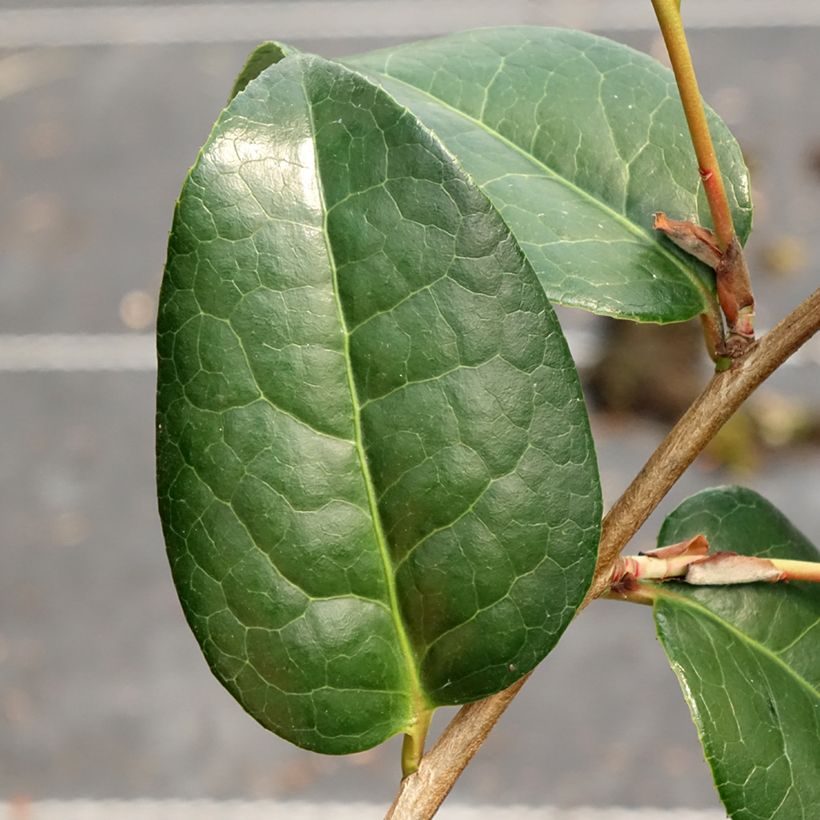

Plant habit
Flowering
Foliage
Botanical data
Camellia
x williamsii
Anticipation
Theaceae
Cultivar or hybrid
Other Traditional Camellia
View all →Planting and care
Camellia williamsii 'Anticipation' thrives in full sun in favorable climates, such as in northern Atlantic regions, but it performs best in partial shade or even shade, protected from intense sunlight and sheltered from strong winds. Plant it in a cool, humus-bearing, slightly acidic, fertile, and well-drained soil. Once well-rooted, the plant can tolerate moderate summer drought (north of the Loire). Do not plant the bush too deeply, the top of the root ball should be covered with 3 cm of soil. In winter, cover it with a 5 to 7 cm thick layer of mulch composed of leaf compost and crushed bark. Beware of late frosts that can damage the flowers and buds. During dry periods, water the bush (preferably with non-calcareous water) to prevent the drop of flower buds. It is recommended to plant the camellia in autumn to promote good root development and better flowering in the first year. Possible diseases include chlorosis caused by excess limestone, brown spots caused by sunburn on south-facing leaves, sooty mold, scale insects, and weevils.
Pruning is not necessary, but if needed, it should be done just after flowering, before the emergence of new spring shoots, and sparingly. Most camellia hybrids do not recover from severe pruning.
Planting period
Intended location
Care
This item has not been reviewed yet - be the first to leave a review about it.
Similar products
Haven't found what you were looking for?
Hardiness is the lowest winter temperature a plant can endure without suffering serious damage or even dying. However, hardiness is affected by location (a sheltered area, such as a patio), protection (winter cover) and soil type (hardiness is improved by well-drained soil).

Photo Sharing Terms & Conditions
In order to encourage gardeners to interact and share their experiences, Promesse de fleurs offers various media enabling content to be uploaded onto its Site - in particular via the ‘Photo sharing’ module.
The User agrees to refrain from:
- Posting any content that is illegal, prejudicial, insulting, racist, inciteful to hatred, revisionist, contrary to public decency, that infringes on privacy or on the privacy rights of third parties, in particular the publicity rights of persons and goods, intellectual property rights, or the right to privacy.
- Submitting content on behalf of a third party;
- Impersonate the identity of a third party and/or publish any personal information about a third party;
In general, the User undertakes to refrain from any unethical behaviour.
All Content (in particular text, comments, files, images, photos, videos, creative works, etc.), which may be subject to property or intellectual property rights, image or other private rights, shall remain the property of the User, subject to the limited rights granted by the terms of the licence granted by Promesse de fleurs as stated below. Users are at liberty to publish or not to publish such Content on the Site, notably via the ‘Photo Sharing’ facility, and accept that this Content shall be made public and freely accessible, notably on the Internet.
Users further acknowledge, undertake to have ,and guarantee that they hold all necessary rights and permissions to publish such material on the Site, in particular with regard to the legislation in force pertaining to any privacy, property, intellectual property, image, or contractual rights, or rights of any other nature. By publishing such Content on the Site, Users acknowledge accepting full liability as publishers of the Content within the meaning of the law, and grant Promesse de fleurs, free of charge, an inclusive, worldwide licence for the said Content for the entire duration of its publication, including all reproduction, representation, up/downloading, displaying, performing, transmission, and storage rights.
Users also grant permission for their name to be linked to the Content and accept that this link may not always be made available.
By engaging in posting material, Users consent to their Content becoming automatically accessible on the Internet, in particular on other sites and/or blogs and/or web pages of the Promesse de fleurs site, including in particular social pages and the Promesse de fleurs catalogue.
Users may secure the removal of entrusted content free of charge by issuing a simple request via our contact form.
The flowering period indicated on our website applies to countries and regions located in USDA zone 8 (France, the United Kingdom, Ireland, the Netherlands, etc.)
It will vary according to where you live:
- In zones 9 to 10 (Italy, Spain, Greece, etc.), flowering will occur about 2 to 4 weeks earlier.
- In zones 6 to 7 (Germany, Poland, Slovenia, and lower mountainous regions), flowering will be delayed by 2 to 3 weeks.
- In zone 5 (Central Europe, Scandinavia), blooming will be delayed by 3 to 5 weeks.
In temperate climates, pruning of spring-flowering shrubs (forsythia, spireas, etc.) should be done just after flowering.
Pruning of summer-flowering shrubs (Indian Lilac, Perovskia, etc.) can be done in winter or spring.
In cold regions as well as with frost-sensitive plants, avoid pruning too early when severe frosts may still occur.
The planting period indicated on our website applies to countries and regions located in USDA zone 8 (France, United Kingdom, Ireland, Netherlands).
It will vary according to where you live:
- In Mediterranean zones (Marseille, Madrid, Milan, etc.), autumn and winter are the best planting periods.
- In continental zones (Strasbourg, Munich, Vienna, etc.), delay planting by 2 to 3 weeks in spring and bring it forward by 2 to 4 weeks in autumn.
- In mountainous regions (the Alps, Pyrenees, Carpathians, etc.), it is best to plant in late spring (May-June) or late summer (August-September).
The harvesting period indicated on our website applies to countries and regions in USDA zone 8 (France, England, Ireland, the Netherlands).
In colder areas (Scandinavia, Poland, Austria...) fruit and vegetable harvests are likely to be delayed by 3-4 weeks.
In warmer areas (Italy, Spain, Greece, etc.), harvesting will probably take place earlier, depending on weather conditions.
The sowing periods indicated on our website apply to countries and regions within USDA Zone 8 (France, UK, Ireland, Netherlands).
In colder areas (Scandinavia, Poland, Austria...), delay any outdoor sowing by 3-4 weeks, or sow under glass.
In warmer climes (Italy, Spain, Greece, etc.), bring outdoor sowing forward by a few weeks.































